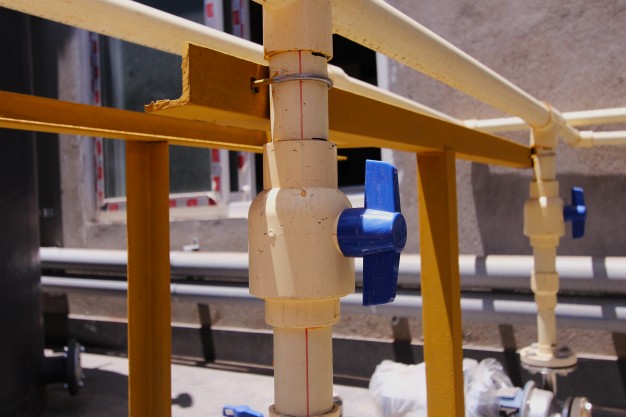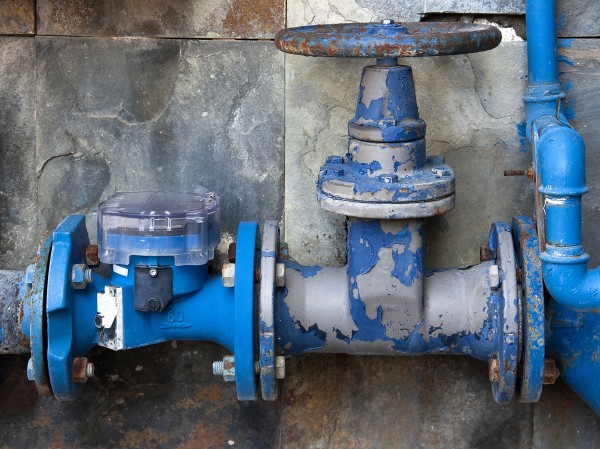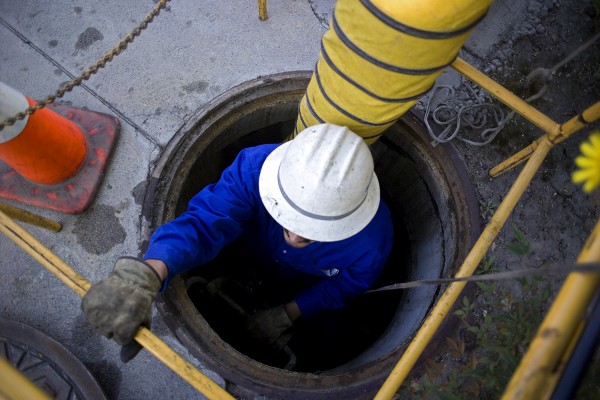Potable Water Line Restoration
US Pipelining has an NSF/ANSI 61 Certified method of pipeline restoration, which is trenchless and non-invasive. The method is suitable for all water pipes ranging from 4 inches to 72 inches in diameter.
Benefits of Trenchless CIPP Repair and Restoration
The pipes that carry water and other fluids from source to destination are categorized by size from largest to smallest.
Transmission or Trunk Mains: large pipes that transport large volumes of water over long distances, such as from treatment facility to storage tank.
Distribution Mains: much smaller than transmission lines and pass along city streets.
Service Lines: carry water from distribution mains to the receiving premises. They vary in size and are designed to ensure the right amount of pressure is maintained at the customer’s property.
Premise Plumbing: piping within a facility or structure distributes water to the points of use and has a relatively small diameter.
Experts In Commercial Pipelining
Our no-dig and no-trenching commercial pipelining methods require no traffic diversion or surface restoration for less interruption, faster project completion, and lower costs.

Discover the Benefits of Non-Invasive Pipe Restoration & Rep
Pipe systems eventually deteriorate with age as manifested by cracks, leaks and failed joints and valves within the network. Us pipeline’s cured-in-place pipe (CIPP) technology is specifically engineered to conform to the high pressure used on distribution pipelines.
The method provides a robust renovation of damaged pipes and also comes with additional benefits of protecting the host pipe from corrosion, sediment accumulation and further tuberculation. It often boosts hydraulic flow capacity when compared with conventional pipes.

The CIPP method guarantees a 50- year design life though it can last more than a century under normal conditions. It is designed to comply with the AWWA Class IV lining system as a fully functional liner that is structurally independent of the host pipe and meets ASTM F1216 guidelines.
The US Pipelining CIPP method can also be used on partially deteriorated pipelines as a class III lining system dependent on the host pipe. This is what is called a semi-structural liner. The technology offers a consistent internal pressure rating of up to 150psi to 300psi.
The robustness of these liners means that they are the equivalent of replacing the existing pipeline infrastructure with new pipes without the disruptions and additional costs of traditional excavation and replacement methods.
Benefits of Using the CIPP Technology
Unlike traditional pipe restoration, where the damaged pipe is replaced with a new pipe, CIPP does not require the replacement of the existing pipe. The liner is inserted inside the existing pipe to form a pipe within a pipe. Typically, the pipe restoration team accesses the damaged pipe through maintenance holes, joints, and spools. This saves you the cost of buying a new pipe and excavating to remove the old pipe.
Since there is no digging involved, the CIPP method is less disruptive than traditional pipe restoration methods. The restoration team will only switch off the affected pipe, meaning that you will still have water or gas supply in most areas. You can continue with normal operations even as the restoration team works on the damaged pipes.
CIPP is more cost-effective than traditional excavation methods because it takes less time and has lower labor costs. There are also other savings as you will not need to divert traffic or shift operations to other premises when the restoration team is working on the damaged pipe.

Are you in need of potable waterline repair and restoration services? Contact US Pipelining today to learn more about our NSF/ANSI 61 certified structural restoration lining methods for potable water applications.